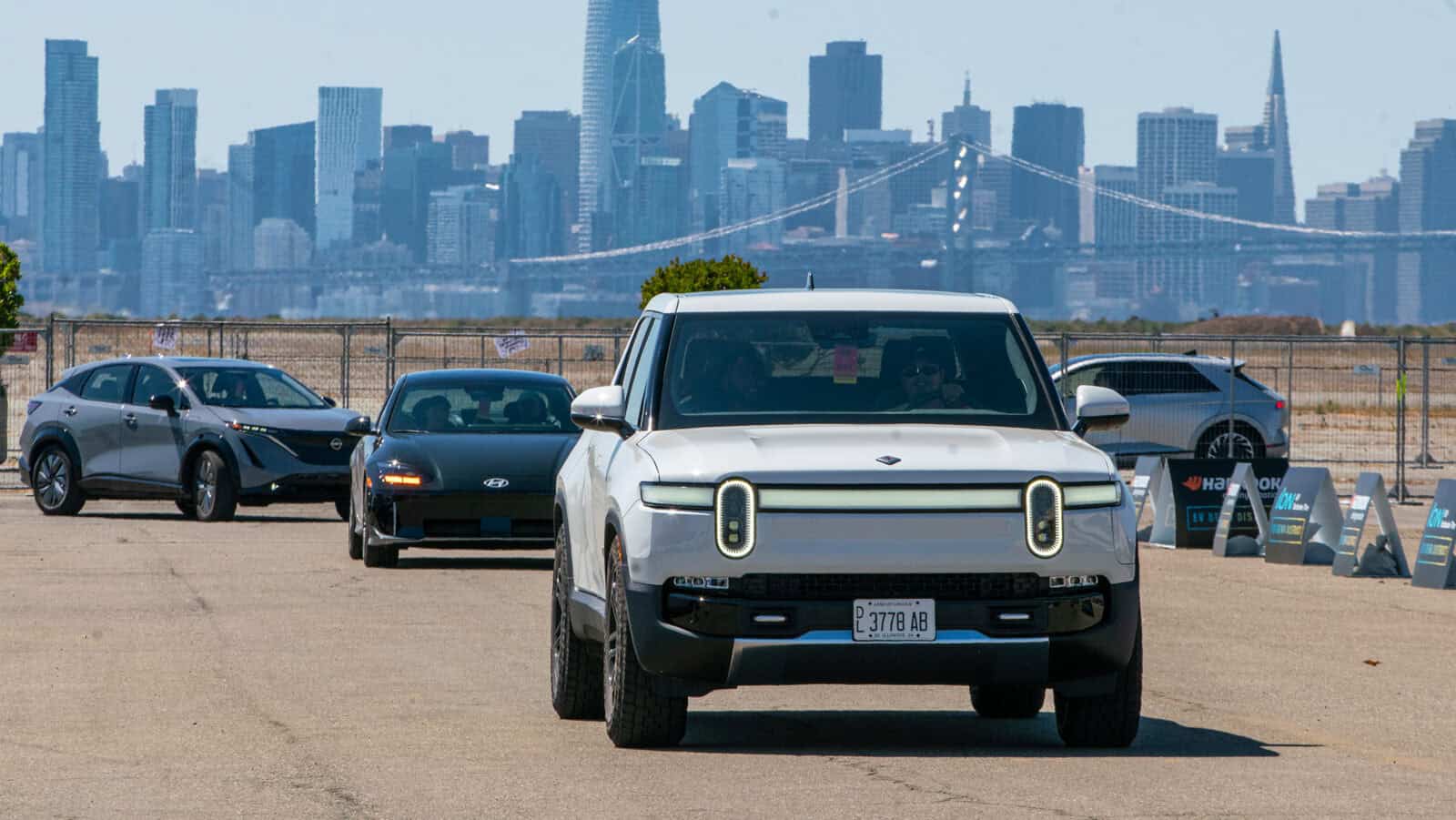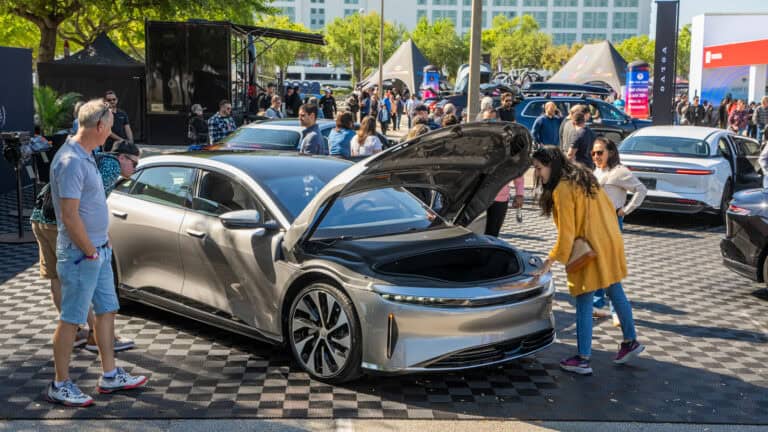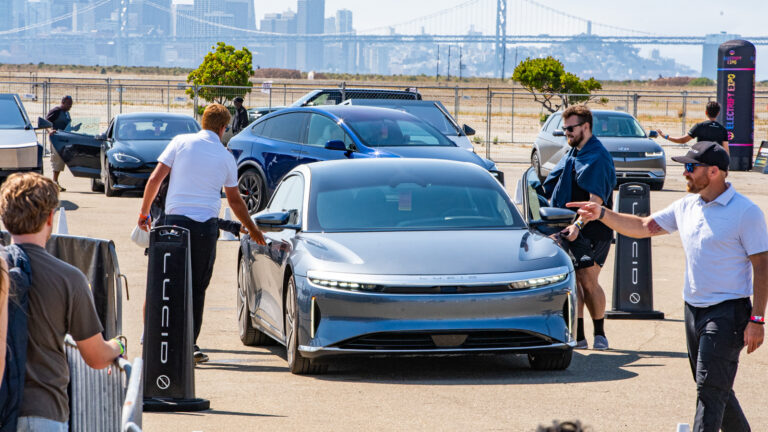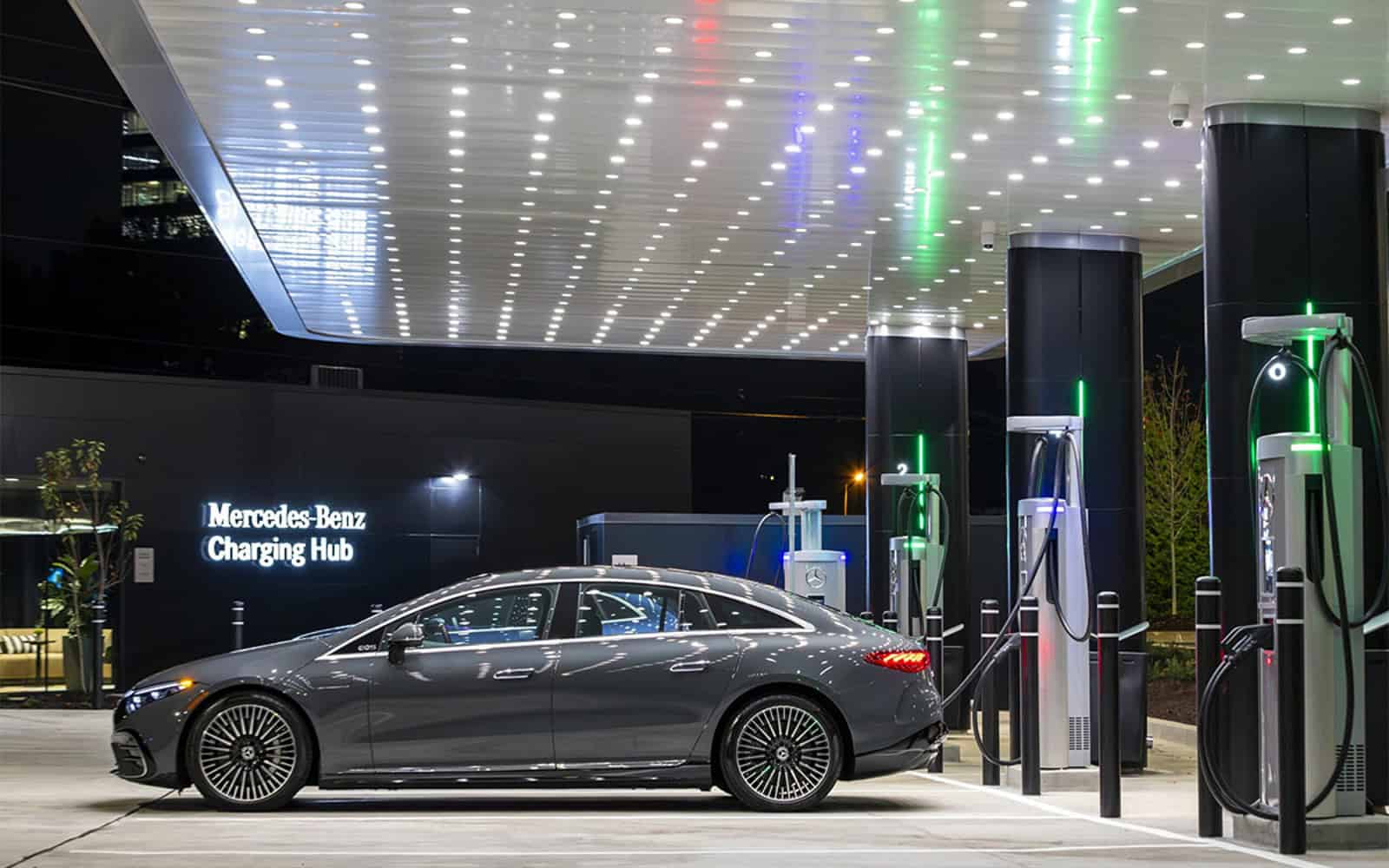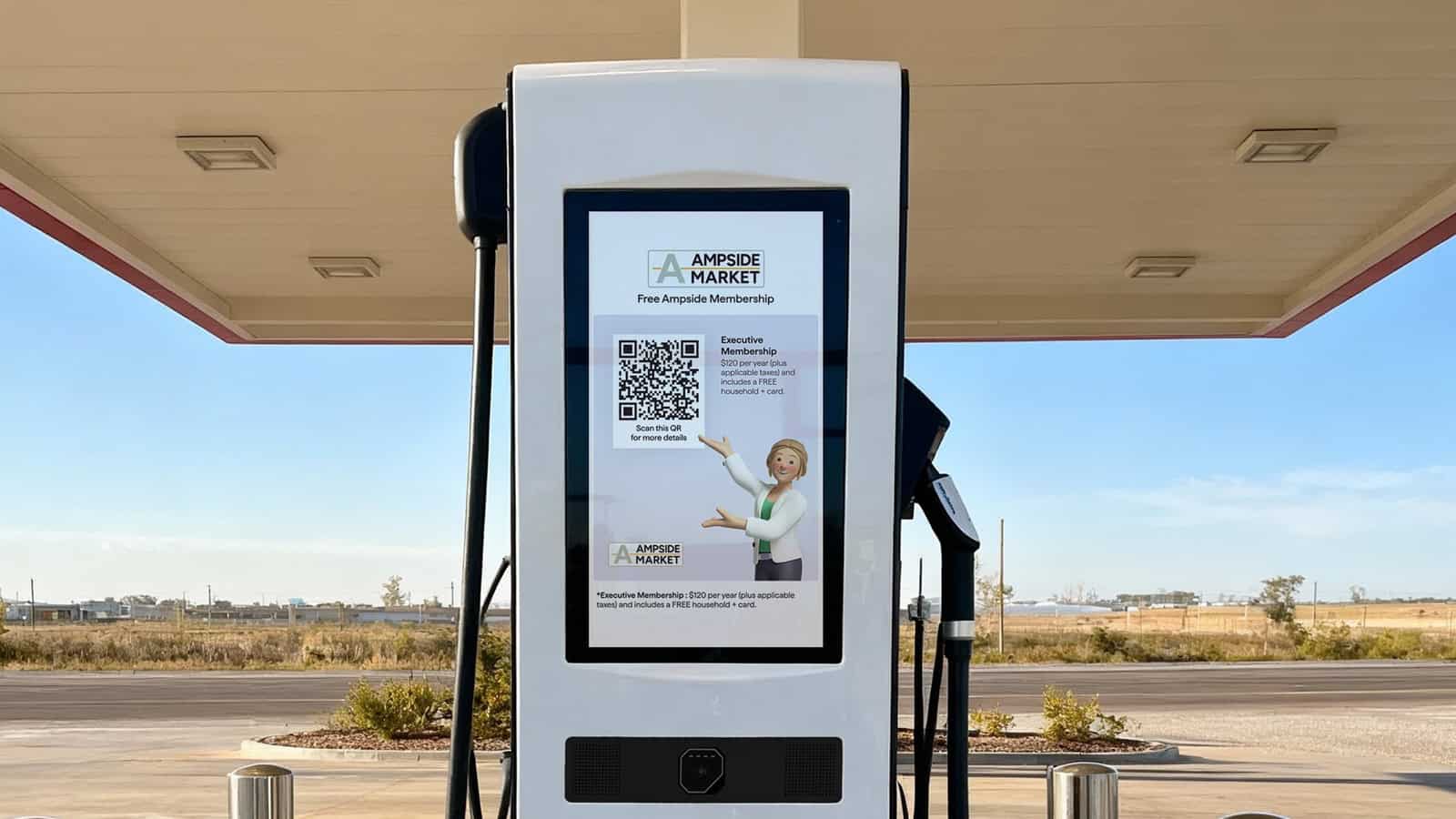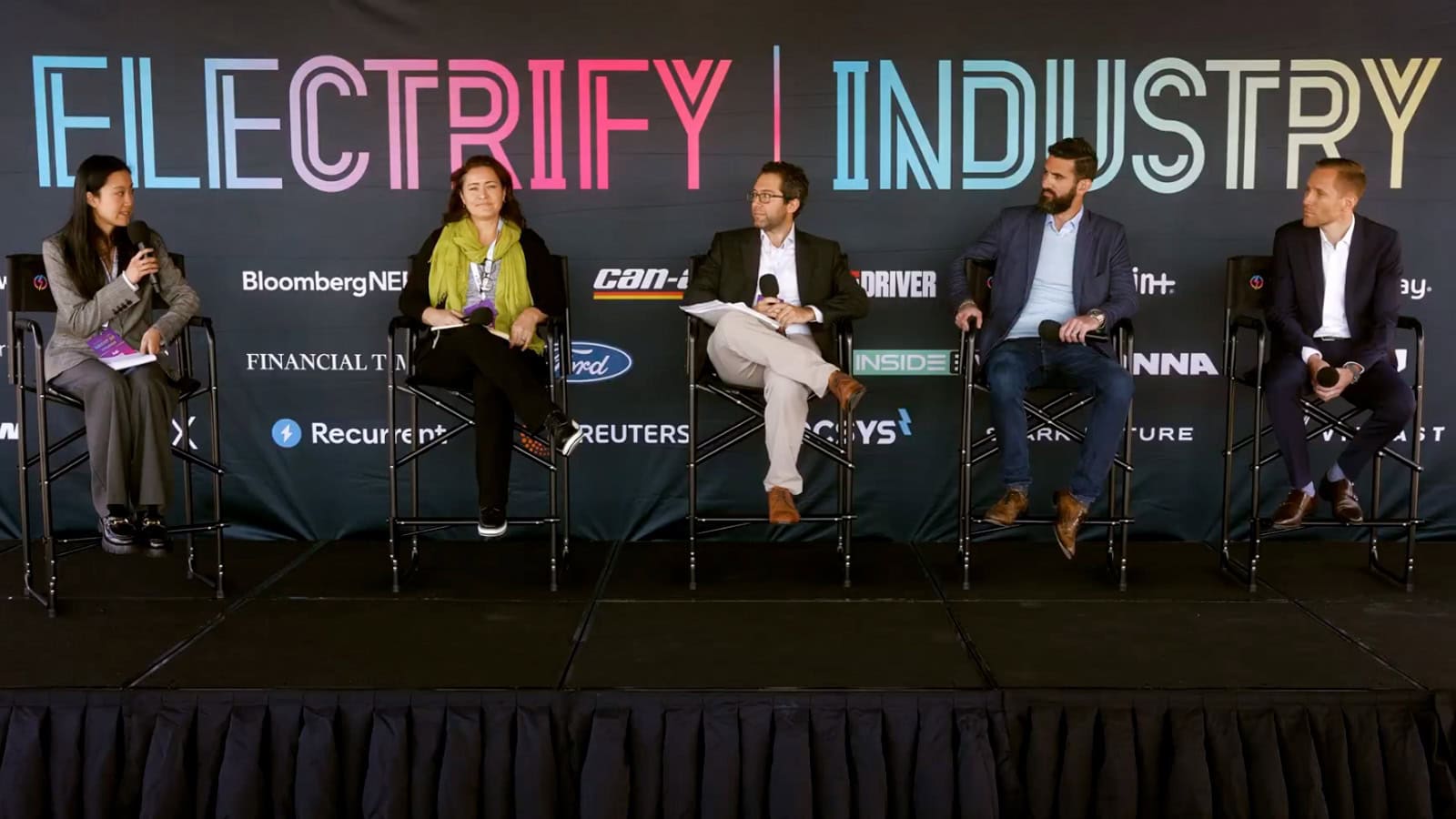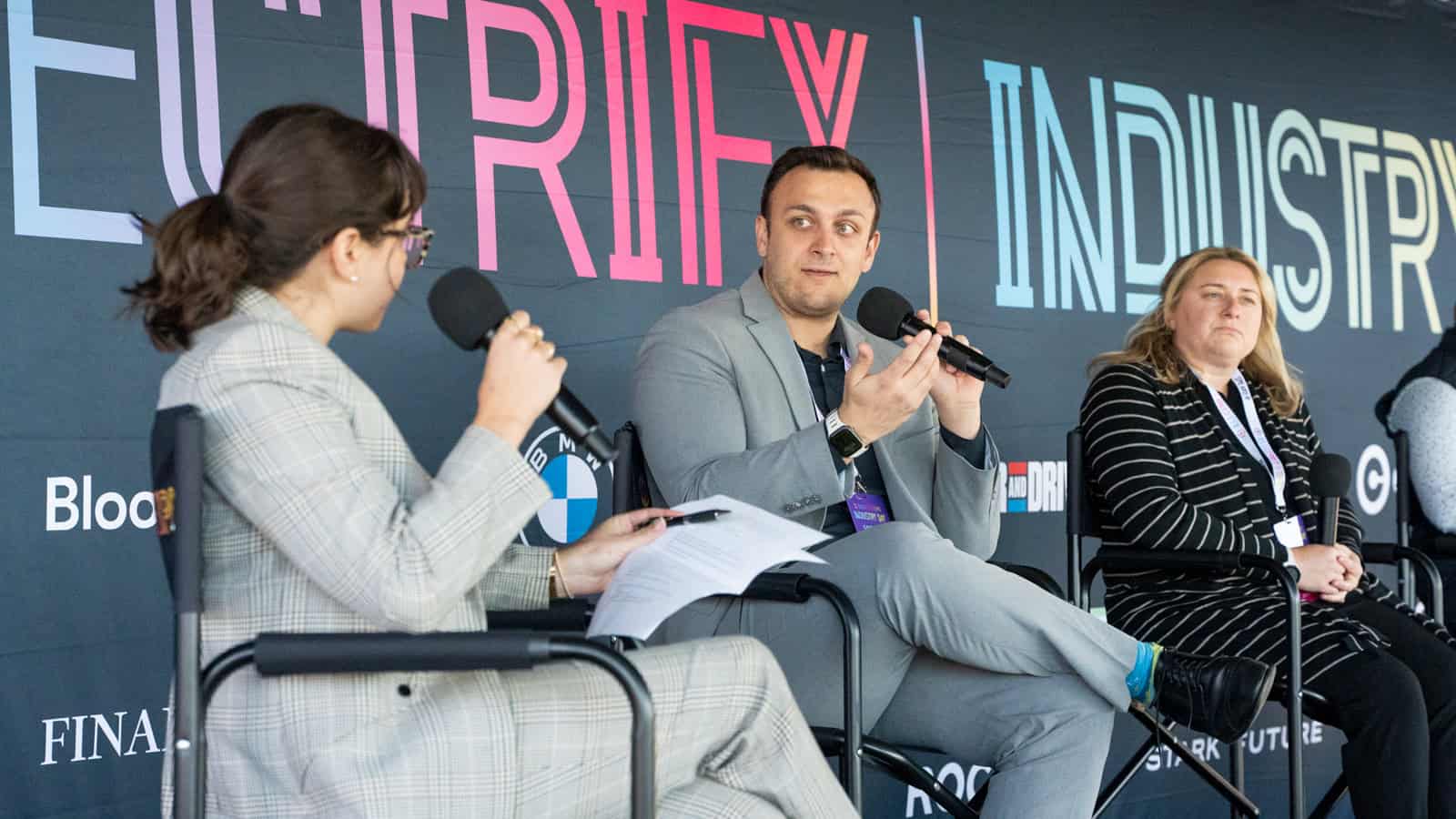- The U.S. now has nearly 199,379 EV charging ports, doubling the network since the Biden-Harris Administration took office.
- 40 states have begun the process to build NEVI-funded charging stations, with 29 states awarding over 2,800 fast chargers at 700 locations.
- California, Connecticut, and Alabama are receiving substantial NEVI funds, with California set to receive $383.7 million.
As we head into the fall of 2024, the National Electric Vehicle Infrastructure (NEVI) Formula Program continues to grow, bringing us closer to a more sustainable future with a rapidly expanding network of EV charging stations.
Over the summer, we saw an impressive surge in progress, including nearly 9,000 additional publicly available charging ports, pushing the U.S. total to nearly 199,379 and 70,414 EV charging stations, according to the U.S. Department of Energy . Since the Biden-Harris Administration took office, the national charging network has doubled, reflecting the government’s commitment to making EV chargers accessible to all. But behind every statistic is a story of collaboration between states, private investors, and a nationwide push for clean energy—efforts that deserve recognition as we move toward a more electrified road system.
ADVERTISEMENT
At this point, 40 states have taken significant action to build out their EV charging infrastructure, with 29 of them issuing conditional awards or agreements for over 2,800 fast charging ports at more than 700 stations. The number of NEVI-funded public charging ports has more than doubled since last quarter, highlighting the rapid progress in building this vital infrastructure.
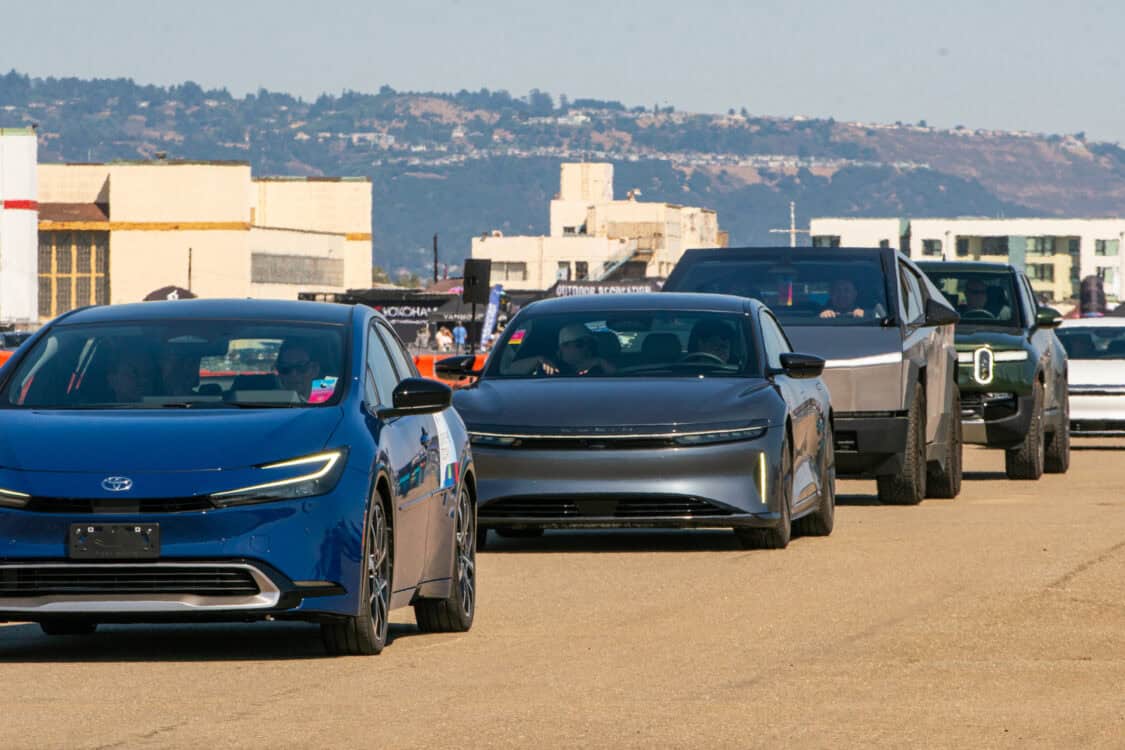
Let’s celebrate the recent milestones reached across several key states:
Utah and Rhode Island recently opened their first NEVI-funded EV charging stations. Ohio, however, is leading the way with six stations already open and 12 more under construction. This is positive momentum, as more states push to make EV chargers as common as gas stations. “Our goal has always been to give electric vehicle owners the same confidence on the road as gasoline-powered drivers,” said a representative from the Ohio Department of Transportation. “This is just the beginning.”
California is known for its green initiatives. The Department of Transportation and the California Energy Commission have announced $37.7 million in public funding, with an additional $53.2 million coming from private sources. This funding will go to 11 awardees across six corridor groups, who will be deploying level 3 (DC fast chargers) EV chargers in key locations across the state. With California set to receive a total of $383.7 million through the NEVI program, the state continues to set the standard for how state-level leadership can push the boundaries of what’s possible for electric vehicles.
Connecticut followed suit with a plan to fund 45 fast-charging ports across nine stations, supported by $52.5 million in total NEVI funding. While smaller than California, Connecticut is proof that even smaller states can lead in deploying EV charging stations.
ADVERTISEMENT
In Alabama, the state’s first round of conditional awards saw $11.2 million going toward 14 grants for 13 stations. Not only is Alabama focused on building infrastructure, it’s also investing in the future workforce. One grant has been allocated specifically to train students in EV charger installation and maintenance, a forward-thinking move that prepares the state for long-term growth. Alabama will receive around $79.3 million in funding through the NEVI program.
Maryland made headlines with its award of $12.1 million in federal funding to support 130 fast-charging ports across 23 stations. The state’s public-private partnership will ensure $5.6 million in private match funding, ensuring a diverse and strategic approach to EV charging station expansion. Maryland will receive around $62.8 million in funding through the NEVI program.
Further north, Minnesota issued its first round of awards for 13 station locations, with over $7.8 million in federal support. Like other states, Minnesota is focusing on key corridors to make sure EV owners can travel with ease and confidence. Minnesota will receive an estimated $68.2 million in funding through the NEVI program.
Lastly, Arizona’s announcement on August 27 outlined awards for 18 new charging locations, though construction is expected to continue until late 2025. Arizona’s $76.5 million in total NEVI funding is a solid step toward addressing the state’s unique geographic challenges, ensuring drivers have access to fast-charging EV chargers even in more remote areas.
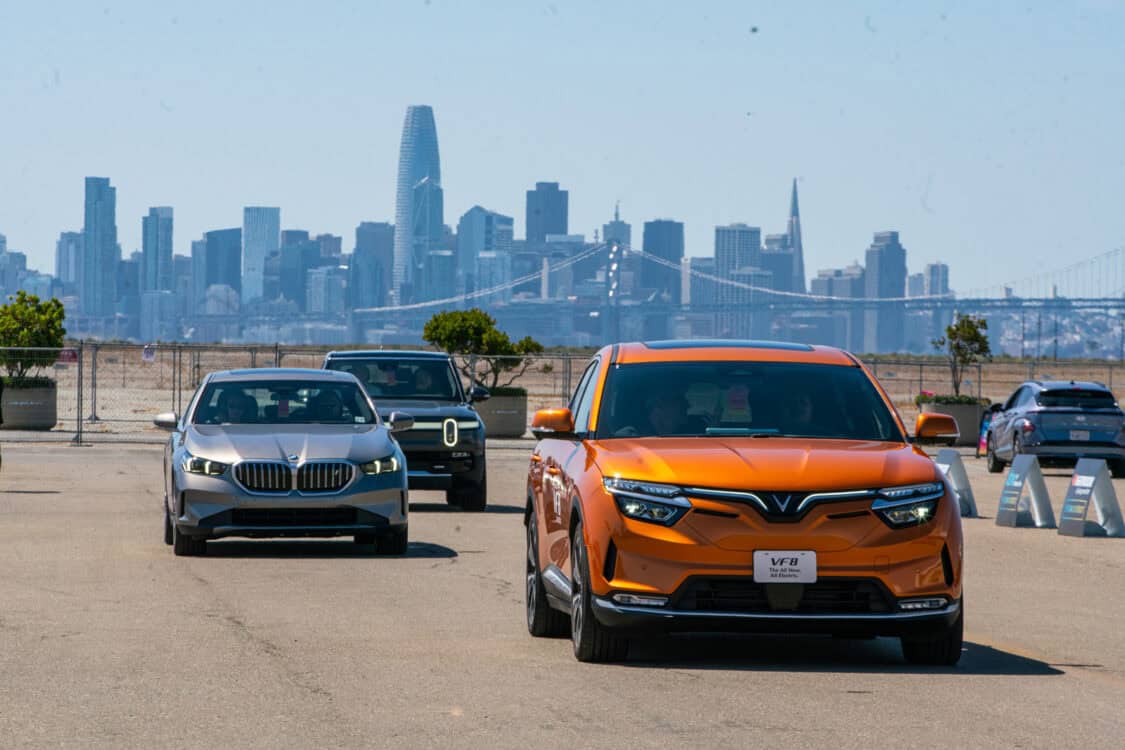
Each of these states plays a crucial role in the overarching goal of making EV chargers available across the country, from major highways to rural routes. The growth in NEVI-funded stations is meeting targets, and making electric vehicle ownership a viable option for everyone, regardless of where they live. With more than 2,800 fast charging ports now in the pipeline, the next year promises to bring even more access to convenient, fast, and reliable charging infrastructure.
The NEVI program continues to serve as a cornerstone of this transformation, with five-year funding allocations available to every state. For electric vehicle drivers, keeping track of the latest EV charger map on Chargeway, and new station openings is crucial. If you’re curious about what’s happening near you, make sure to check local resources to stay informed.
ADVERTISEMENT

IMAGES: ELECTRIFY EXPO
FTC: We use income-earning auto affiliate links. Learn more.


